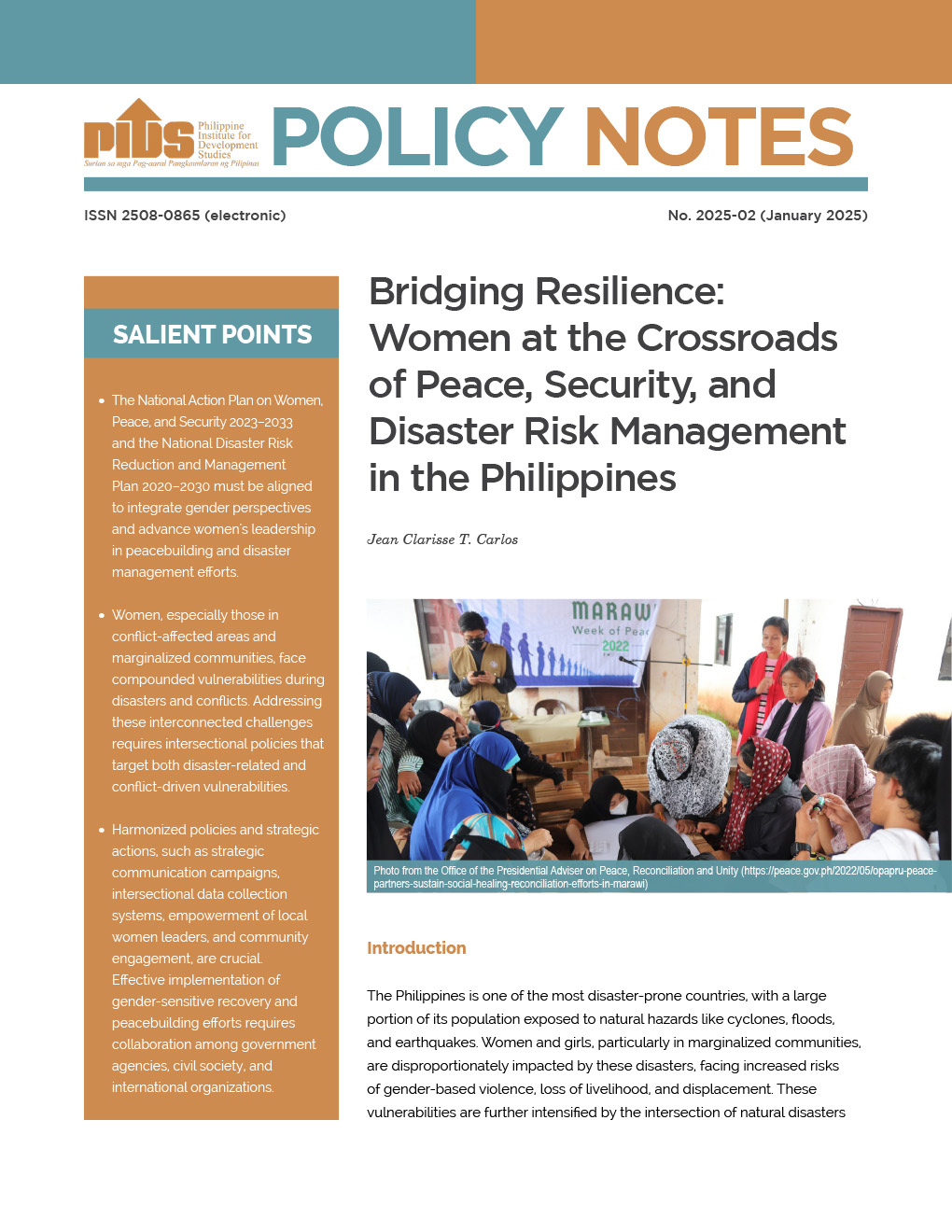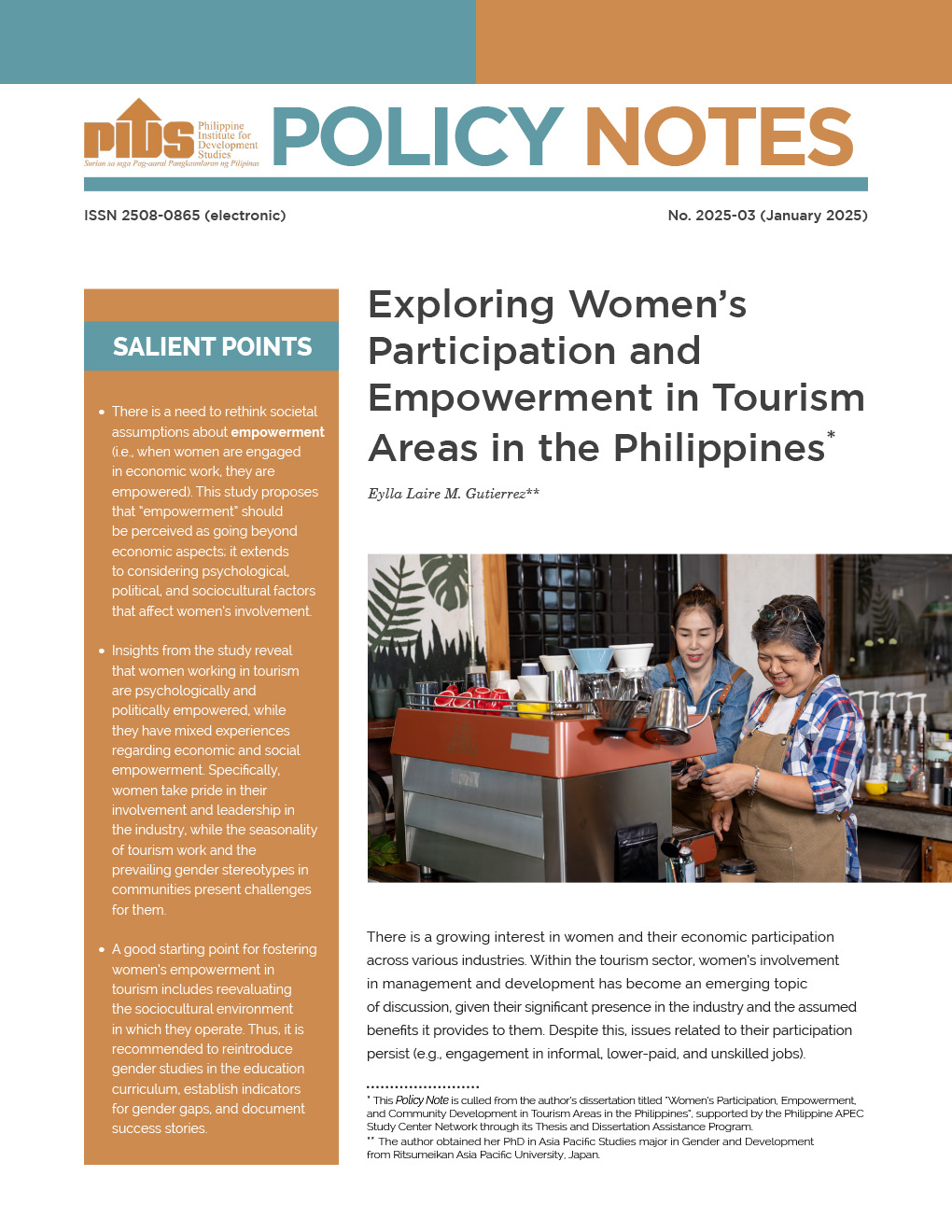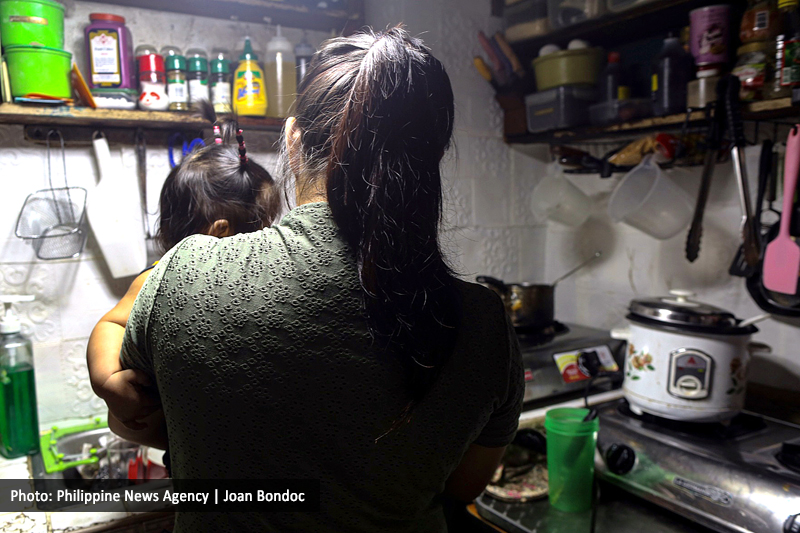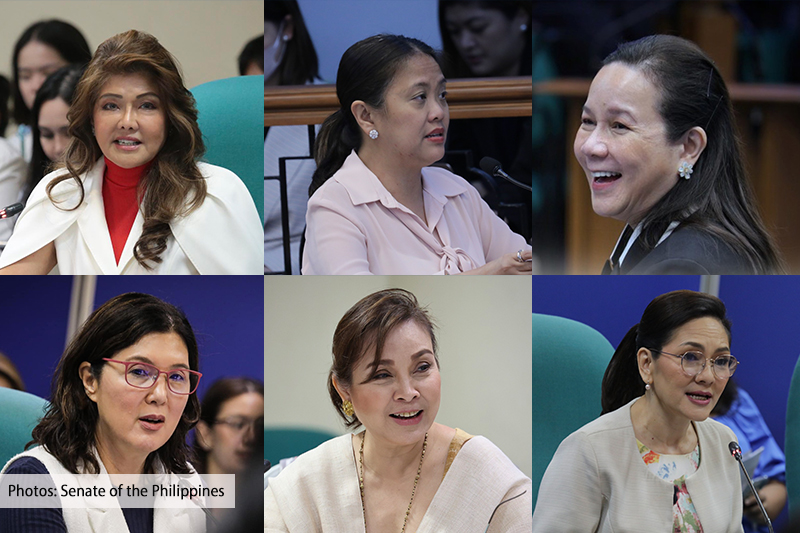Energy consumption in the country is affected by weather deviations and gender, according to a study published by state think tank Philippine Institute for Development Studies (PIDS).
In the Philippines, very few have analyzed energy use within the context of both weather variability and gender. Senior Research Fellow Connie Bayudan-Dacuycuy’s policy note titled “Examining energy use and weather variability through the gender lens” aimed to analyze how energy consumption in households vary depending on the dominant gender in the household and weather fluctuations in an area.
The author identified at least four energy sources in the study: electricity, LPG, charcoal, and organic sources (such as biomass and fuelwood). Electricity is the most popular with around 75 percent in rural and 89 percent in urban households.
During extreme weather events, such as tropical cyclones, energy prices are affected because they affect the supply side, the study said. The Philippines is visited by an average of 20 typhoons yearly.
Typhoons can destroy trees [that] provide more sources for firewood and can bring about heavy rains [that] wash out possible sources of biomass. It also disrupts the processes to produce these energy sources. Firewood takes longer time to dry up and charcoal making halts. Heavy rains brought by typhoons can cause landslides or damages to roads, which can affect the transport of LPG,” Dacuycuy explained.
Also, data from the Household Energy Consumption Survey and the weather data from the Philippine Atmospheric and Geophysical Astronomical Services Administration showed that as heat index increases, energy consumption also increases as “households turn to the most convenient energy source to power cooling appliances.
The study defined heat index as a human discomfort index that measures the temperature that the human body perceives or feels.
The Philippines is characterized by high temperature, high humidity, and abundant rainfall, which can all affect a body’s temperature.
The same result is drawn from households with higher income level, as these households are able to afford appliances like air conditioning units, water heater, and have floor areas that are bigger, thus requiring more energy. Those with higher income opt to use more expensive and cleaner energy sources, and not the cheaper ones like coal. Dacuycuy noted that, “poverty is a binding constraint to the adoption of cleaner, safer, and more efficient energy sources.
In terms of gender, energy consumption was measured depending on household type: balanced, male-majority, and female-majority.
Data showed that female-majority households have the highest electricity and LPG monthly consumption. Based on the study, heating water and cooking can increase electricity consumption.
Considering these results, Dacuycuy encouraged the government to find cheaper alternative sources of electricity, which is the energy type used by majority of households in the Philippines.
For poor households in rural areas, Dacuycuy suggested to make charcoal more accessible by ensuring its steady supply by supporting small enterprises related to charcoal-making in those areas.
But with charcoal’s negative impacts on health, she noted that using LPG may be considered a better alternative and suggested to explore policies that can address constraints on supply and demand side of LPG use. (PIDS)
In the Philippines, very few have analyzed energy use within the context of both weather variability and gender. Senior Research Fellow Connie Bayudan-Dacuycuy’s policy note titled “Examining energy use and weather variability through the gender lens” aimed to analyze how energy consumption in households vary depending on the dominant gender in the household and weather fluctuations in an area.
The author identified at least four energy sources in the study: electricity, LPG, charcoal, and organic sources (such as biomass and fuelwood). Electricity is the most popular with around 75 percent in rural and 89 percent in urban households.
During extreme weather events, such as tropical cyclones, energy prices are affected because they affect the supply side, the study said. The Philippines is visited by an average of 20 typhoons yearly.
Typhoons can destroy trees [that] provide more sources for firewood and can bring about heavy rains [that] wash out possible sources of biomass. It also disrupts the processes to produce these energy sources. Firewood takes longer time to dry up and charcoal making halts. Heavy rains brought by typhoons can cause landslides or damages to roads, which can affect the transport of LPG,” Dacuycuy explained.
Also, data from the Household Energy Consumption Survey and the weather data from the Philippine Atmospheric and Geophysical Astronomical Services Administration showed that as heat index increases, energy consumption also increases as “households turn to the most convenient energy source to power cooling appliances.
The study defined heat index as a human discomfort index that measures the temperature that the human body perceives or feels.
The Philippines is characterized by high temperature, high humidity, and abundant rainfall, which can all affect a body’s temperature.
The same result is drawn from households with higher income level, as these households are able to afford appliances like air conditioning units, water heater, and have floor areas that are bigger, thus requiring more energy. Those with higher income opt to use more expensive and cleaner energy sources, and not the cheaper ones like coal. Dacuycuy noted that, “poverty is a binding constraint to the adoption of cleaner, safer, and more efficient energy sources.
In terms of gender, energy consumption was measured depending on household type: balanced, male-majority, and female-majority.
Data showed that female-majority households have the highest electricity and LPG monthly consumption. Based on the study, heating water and cooking can increase electricity consumption.
Considering these results, Dacuycuy encouraged the government to find cheaper alternative sources of electricity, which is the energy type used by majority of households in the Philippines.
For poor households in rural areas, Dacuycuy suggested to make charcoal more accessible by ensuring its steady supply by supporting small enterprises related to charcoal-making in those areas.
But with charcoal’s negative impacts on health, she noted that using LPG may be considered a better alternative and suggested to explore policies that can address constraints on supply and demand side of LPG use. (PIDS)












